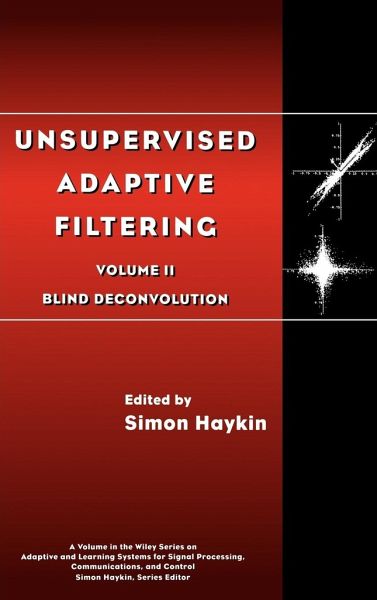
Unsupervised Adaptive Filtering, Blind Deconvolution
Versandkostenfrei!
Versandfertig in über 4 Wochen
130,99 €
inkl. MwSt.

PAYBACK Punkte
65 °P sammeln!
Unüberwachte adaptive Filterung bedeutet, daß das System automatisch auf Veränderungen der Bedingungen reagiert: Die Filter können sich verschiedenen Situationen anpassen, ohne daß ein Mensch eingreifen müßte. Hunderte von Beiträgen zu diesem äußerst aktuellen Forschungsfeld sind in der Fachpresse erschienen. Dieser Band faßt den derzeitigen Erkenntnisstand zusammen und erspart Ihnen damit eine zeitraubende Recherche. (04/00)


